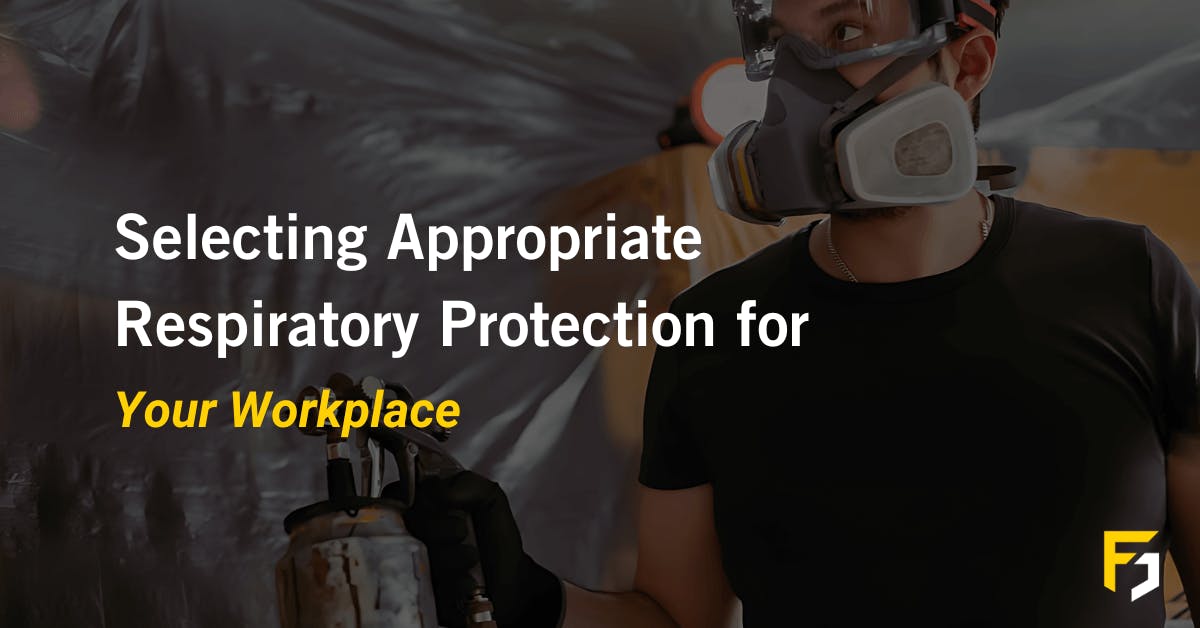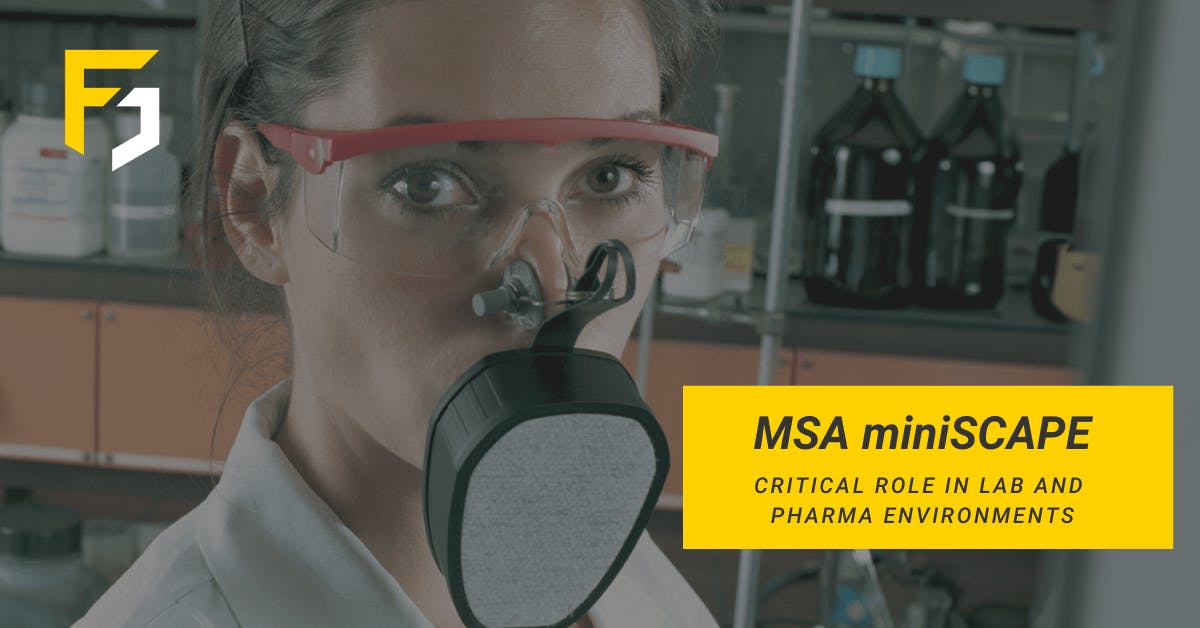
Gas Detector Calibration - Why We Do It
The short answer to this question is to make sure the gas detectors you equip yourself - or your team - with are in optimum working order and will accurate alert the user to the presence of gas hazards in their vicinity.
Gas Calibration - What is it?
In simple terms, when we calibrate our gas detectors we're resetting the sensor's response against a known concentration of gas. To do so we use a calibration gas which will allow us to determine the relationship between the reading captured by the detector and the concentration of gas that it's designed to alert us to.
The frequency of calibration is wide and varied and is usually determined by the device itself, so it's important to check the supplied manufacturer's guidelines. Equally, a risk assessment may have been performed by our employer, or the site manager, which could affect the frequency of calibration.
And above all, read the manual supplied with the device and closely adhere to the manufacturer's guidelines for how often the detector should be calibrated.
Why Do We Calibrate Gas Detectors?
Now we know what calibration is, let's look at the key reasons why we do it.
- wear and tear. In simple terms, our gas detectors take a fair amount of abuse each day they're used. From exposure to extreme temperatures and humidity, to "sensor poisoning" from the likes of external contaminants such as grease, silicon, oil etc, or even the knocks and bumps, all of these can affect how accurately the sensor will detect gas
- regulations. Depending on where we work, regulations will vary, but the fact is we need to report that our gas detectors have been calibrated. The device itself keeps a log of all calibrations, future calibration dates etc. This will keep ourselves in line with the relevant regulations of our employer, job site, or country of employment
How Do I Calibrate a Gas Detector?
We have several articles and video tutorials that show you how to properly calibrate a wide range of the most popular gas detectors on the market, click here to see the list.
Calibration is usually a two-step process:
- fresh air. Using either a fresh air environment, synthetic air or a nitrogen background, the detectors sensors are zeroed so that readings will reflect those you'd expect to find in clean air
- calibration gas. Depending on the type of detector you're calibrating, you need to use calibration gas that contains a known concentration of gas that will put the device into alarm, letting you know the sensors are working properly
Obviously the device manufacturer will provide precise instructions on how to properly calibrate, and these should be followed to the letter.
As we've seen, calibration is a vital part of the maintenance you need to perform on the gas detectors you and your team rely on. Our experts are here to help you answer questions about calibration, get in touch either using the comments below or get in touch via our Contact Page.








